When we originally wrote this article, we had a different perspective about northern growing than we do now.
Originally, we were focused on this concept of “cold climate seeds” as if that were actually a thing. The truth is, it’s not.

What we have generally found is that some types of garden plants do exceptionally well in cold climates. Then there are certain things that are more challenging and require a bit more specificity in variety selection.
You can likely read this article in less time, but we’ve also produced a video on this topic:
This article is going to focus on what we’ve learned about variety selection and will also call out those things that require a bit of care when it comes to variety selection.
Cold Climate Seeds Is A Folly
What we ultimately realized is that the pursuit of so called “cold climate seeds” was pretty much a marketing gimmick and little more.
There’s a number of seed producers out there, marketing themselves as “cold climate” seed producers. This originally caught our attention until we remembered that the whole plant world is based around specific genetics.
Plants, regardless of their type, can be boiled down to what’s called a genus and then a variety or species.
The genus and variety is usually in Latin. An example is Cynara Cardunculus var. Scolymus, which would refer to common, annually grown artichokes. Binomial nomenclature was used for scientific taxonomy, and Latin was used largely because most of this work was done in the 18th century.
The genus is the most “broad level” designation that can be used to identify a given plant. The variety (or species) is the specific “type” of that particular genus.
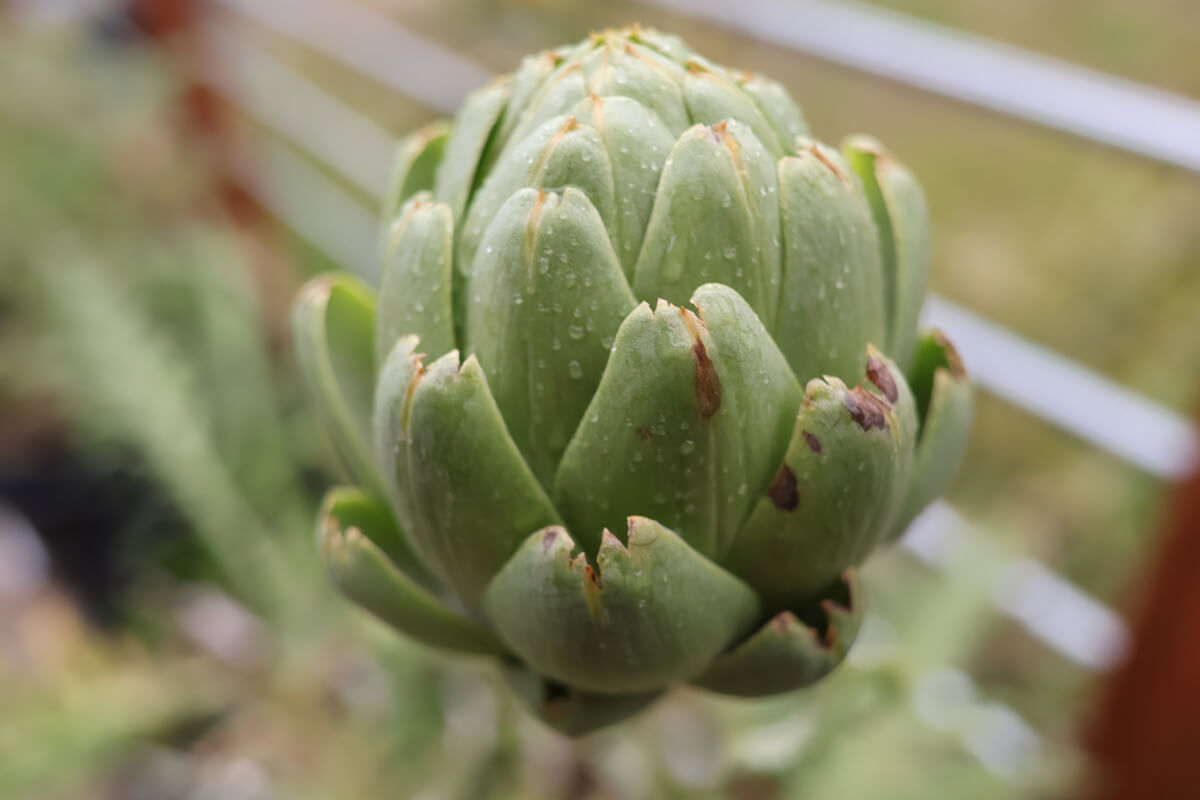
For example, it’s the genus that makes a tomato a tomato. But it’s the variety that distinguishes the many characteristics. For example, whether it’s a cherry tomato, run of the mill slicer, a tomatillo or a voluptuous, pulpous open pollinated beauty.
What we’ve observed is that lack of knowledge in this area can very much be exploited by “seed marketeers.”
For example, a large majority of green onions are likely to be Allium Fistulosum, genus and variety respectively. But, you might have different seed “brands” called things like Ramrod, Summer Island, White Lisbon and so forth.
All of these are technically Allium Fistulosum.
Unless a green onion variety is, for example, Allium Cepa – those brands of seed are functionally the same. Sure, there might be slight nuances through various breeding processes, but functionally, it’s the same plant.
What IS true, however, is that certain genus simply do well in colder climates.
When certain genus don’t generally favor well in colder climates, a particular variety might do better than others.
Grow With A Mind For Your Climate
This may be a fairly obvious one, but it’s a really important topic when growing in climate extremes.
When growing in a cold climate, it’s a really good idea to focus on growing foods that do well in that climate.
In general, all cold hardy, frost tolerant and even frost sensitive plants will generally do quite well in a northern garden.
So, focusing the northern garden on things like broccoli, cauliflower, cabbage, potatoes, onions and the plethora of other “cold tolerant” plants will generally mean you’ll find success.
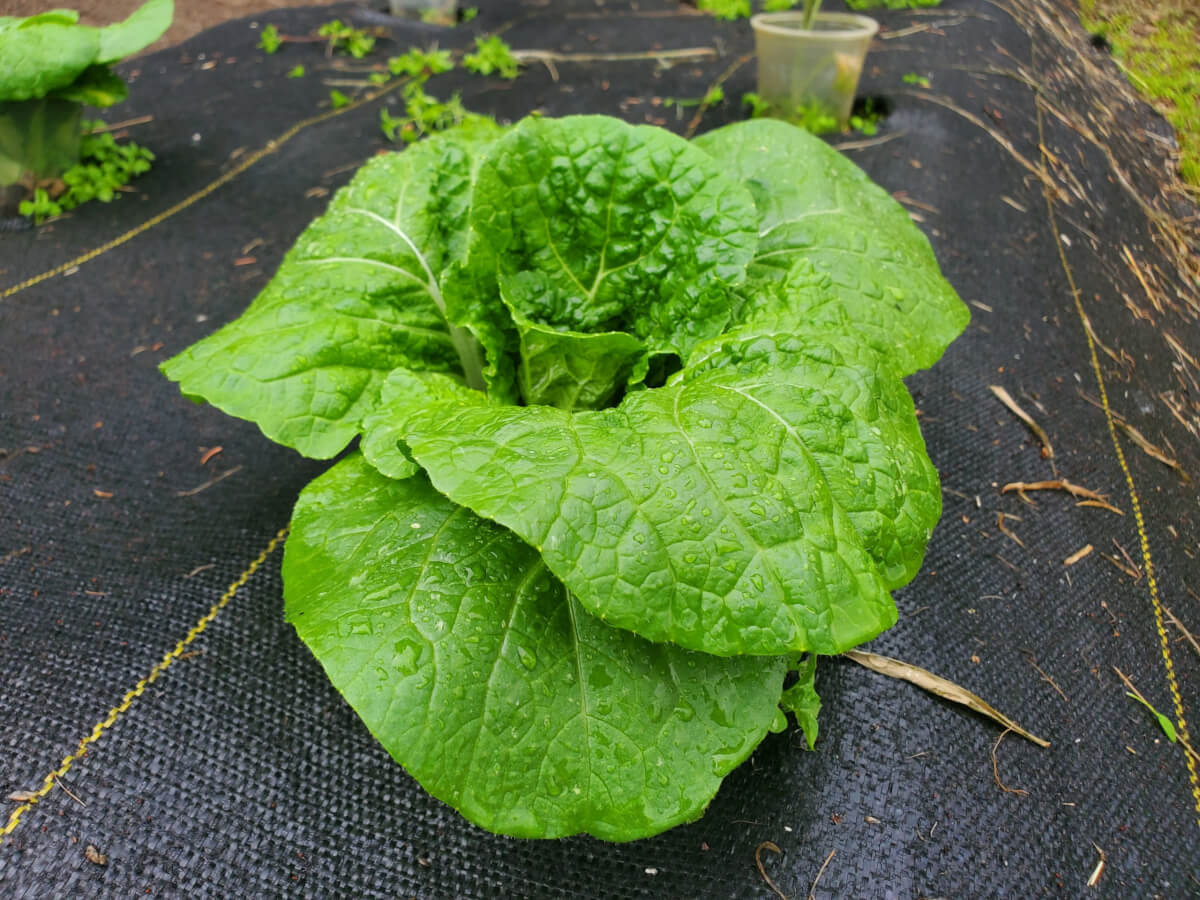
Tying into the comments above about genus and variety, we’re talking about growing various genus that simply perform well in cold climates.
What’s great about growing in cold climates is that pretty much covers the overwhelming majority of all types of garden food most people would want to grow. Very few types of plants actually demand warmth.
When you want to grow warmer climate foods, like tomatoes and peppers, that’s the intersection where you’re going to run into more resistance from your climate.
It’s Not All About Air Temperatures
We go into this concept in much more detail, but ambient air temperatures are not the “be all, end all” of northern growing.
Many gardeners get really focused on trying to increase ambient air temperatures. Be it through a greenhouse, hoophouse or even crazy methods like using a garbage bag, air temperatures seem to get the overwhelming focus of northern growers.
As we’ve come to more deeply understand extreme northern gardening, we’ve realized there’s been a missing link in the equation.
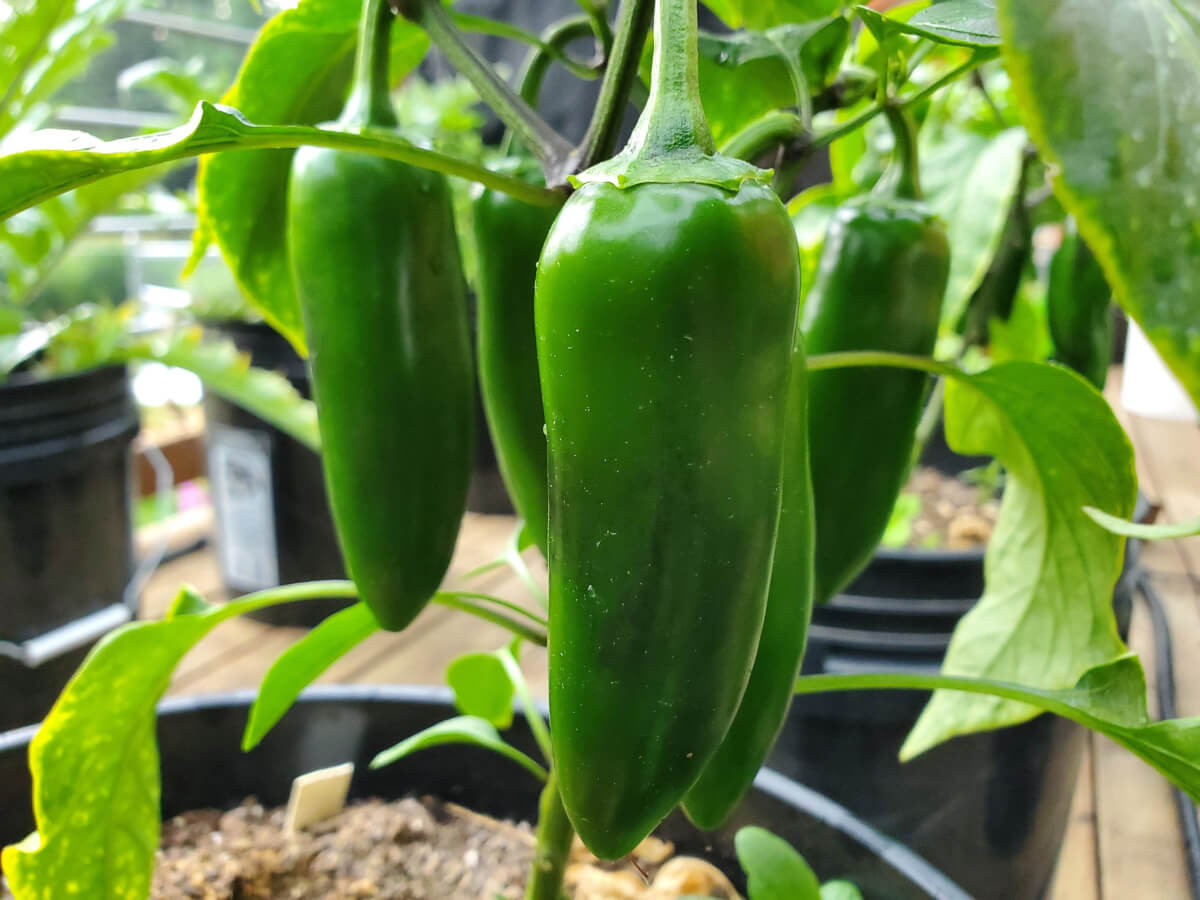
When growing outdoors, sometimes your soil temperatures actually matter more!
For example, we’ve been growing peppers both outdoors and in the greenhouse. As time has gone on, we’ve favored growing them outdoors in an environment where we have higher soil temperatures.
In fact, we’d argue that soil temperatures are often of more importance than ambient air temperatures. Focusing on increasing soil temperatures alone can really improve results and is often less expensive than pursuing increased air temperatures.
Whatever You Grow Has To Fit In Your Growing Season
We can easily rule out a lot of things that can’t be grown in the northern climate.
When you’re growing with a season that has somewhere between 90 and 110 frost free growing days, that’s simply going to eliminate the possibility of growing certain things.
For example, you’re not going to have success with growing leeks that take 160 days to mature. Nor Brussels Sprouts that mature in 200 days. A lot of peppers require 140 to 180 growing days, so those aren’t good either.
Put simply, if the maturity time is longer than your growing season, that variety would not be a good choice for you to grow in your climate! You have nearly a 100% chance of failure!
The good news is that the overwhelming majority of plants do mature within a relatively short growing season like 90 to 100 growing days.
Variety Lists May Do More Harm Than Good
Many northern gardeners might be familiar with variety lists published by entities like the Community Extension Service.
One of the main reasons we don’t publish a full variety list of everything we grow is that we feel it may provide the wrong impression.
Variety lists ultimately constrain the gardener and present the idea that those varieties are the only things that will work. It discourages experimentation and encourages a homogenous growing culture.
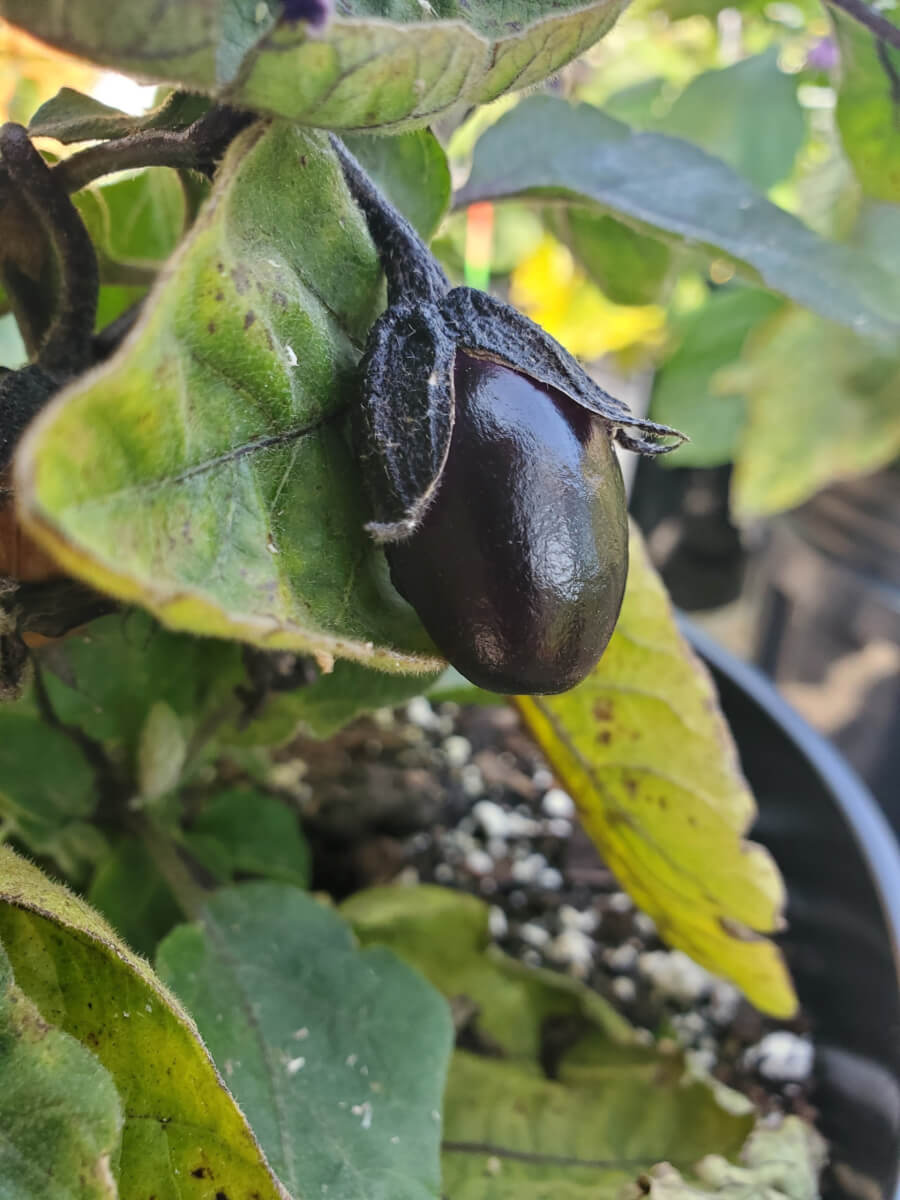
This article is largely focused on the types of plants you do have to be somewhat careful with. But, other than that? We’d encourage growers to try things out.
While gardening is largely focused on an individual growing season, the reality is that the grower has a lot of room for experimentation from season to season.
If something doesn’t work? Don’t grow it again. If it works exceptionally well? Keep growing it and tell your fellow northern gardeners!
What Plants Require Special Variety Selection?
Fortunately, very few types of plants require any kind of “special care” when it comes to selecting specific varieties for growing in cold climates.
If they are not mentioned here, you generally have a lot of leeway that allow you to select “most” varieties within that type of plant. There could be additional exceptions, but we’re going to detail all the plants where we’d say variety selection matters.
Generally Cold Tolerant:
- Cauliflower
- Broccoli
- Onions
- Leeks
- Brussels sprouts
- Artichoke
Generally Warm Loving:
- Corn
- Cucumbers
- Peppers
- Squash
- Tomatoes
There are a few other things that might take some special care. But, for the purposes of this article, they aren’t as important.
For example, if you want to grow okra in the far north, variety very much matters. But, it’s going to do poorly no matter what you do. Most sensible growers will tell you to not waste time with okra.
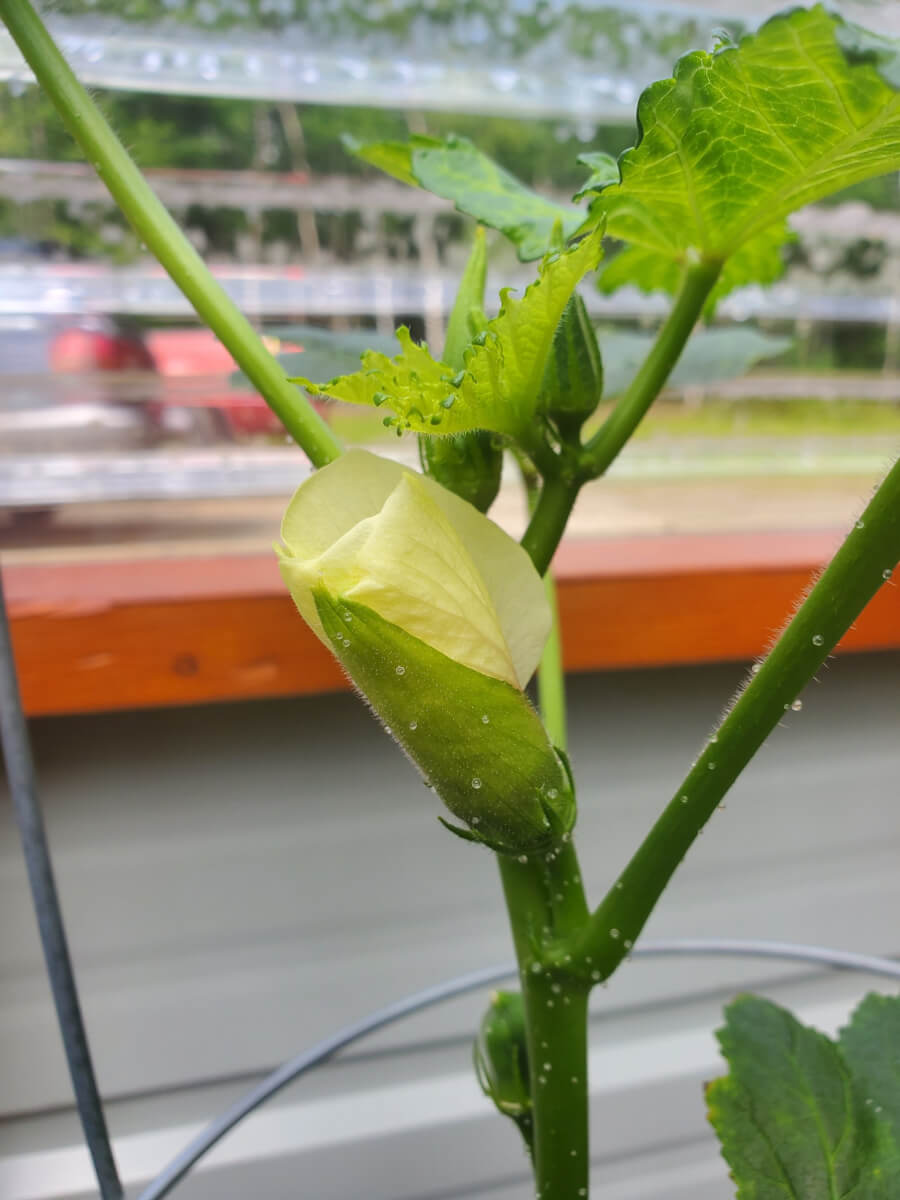
Same thing with pineapples, papayas and countless other things. Some things are just out of reach in colder climates. You might try it as a house plant, but not outdoors. It is what it is, as they say.
We are going to tackle each of the major cold climate friendly and warm loving plants in a bit more detail, though.
Cold Loving Plants & Variety Selection
We mentioned several types of plants above, both cold loving and warm loving alike. These all take a little bit of finesse with genetic selection.
In this section, we’re going to focus on the cold loving ones. We’ll briefly discuss why it’s important to more carefully select your genetics.
Cauliflower
Cauliflower is exceptionally prone to bolting in the heat. Warm temperatures are the plant’s trigger to initiate flowering. Often, though, the maturity time is slightly longer than our early season in the subarctic.
So, inevitably, our peak maturation time coincides when the heat is also highest.
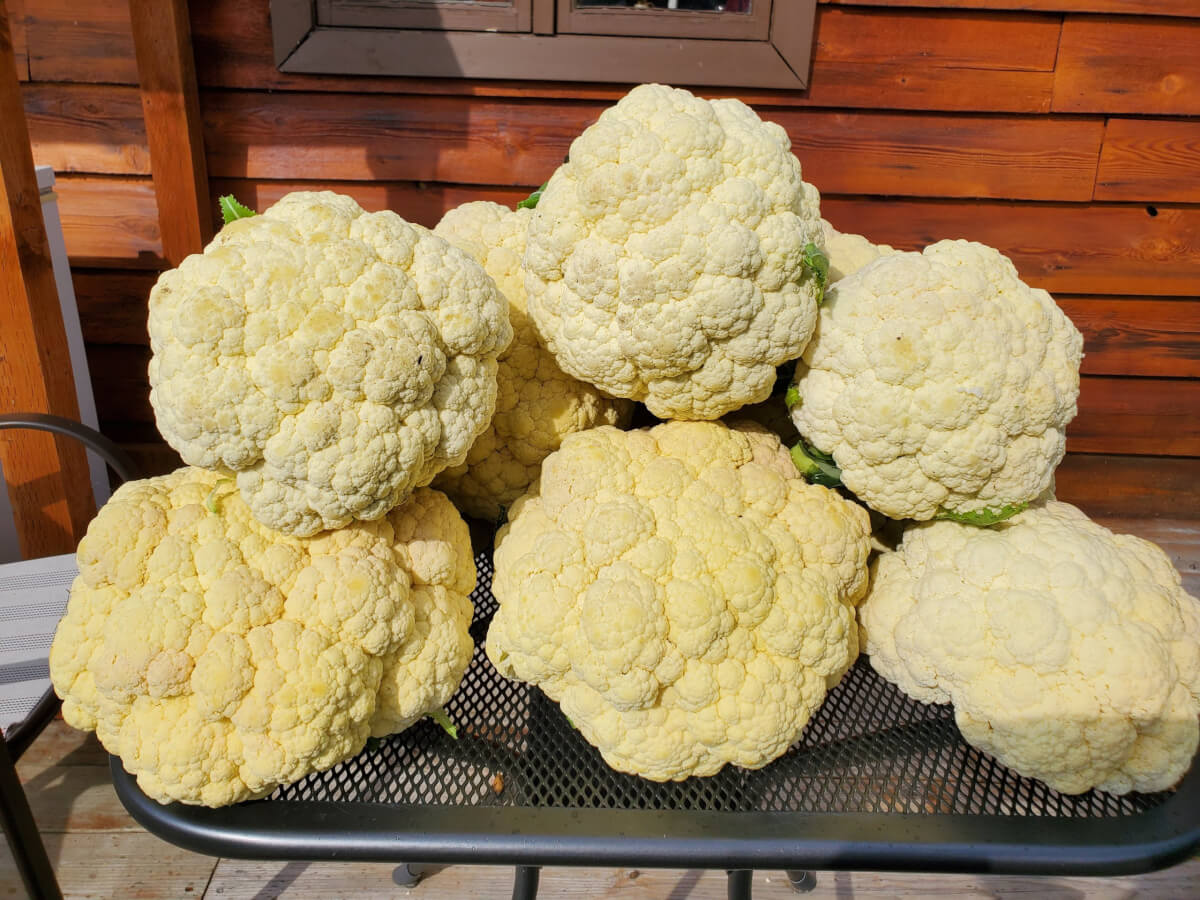
In warmer climates, cauliflower can simply be grown much earlier (or later) in the season, taking advantage of the cool, long shoulder seasons. That doesn’t work in the subarctic as we often still have negative temperatures and feet of snow on the ground.
Different cauliflower varieties are more or less sensitive to this heat. This is often referred to as field hardiness, or the ability of the produce to last in the field.
For us, we focus on using the Amazing variety as it features exceptional field hardiness and is quite tolerant to the summer heat. (Yes, the variety is called Amazing and it is amazing!)
Broccoli
Broccoli is very tolerant of cooler temperatures and overall, pretty much all varieties will perform well.
But, just like with cauliflower, this brassica also uses heat to signal when it’s time for flowering.
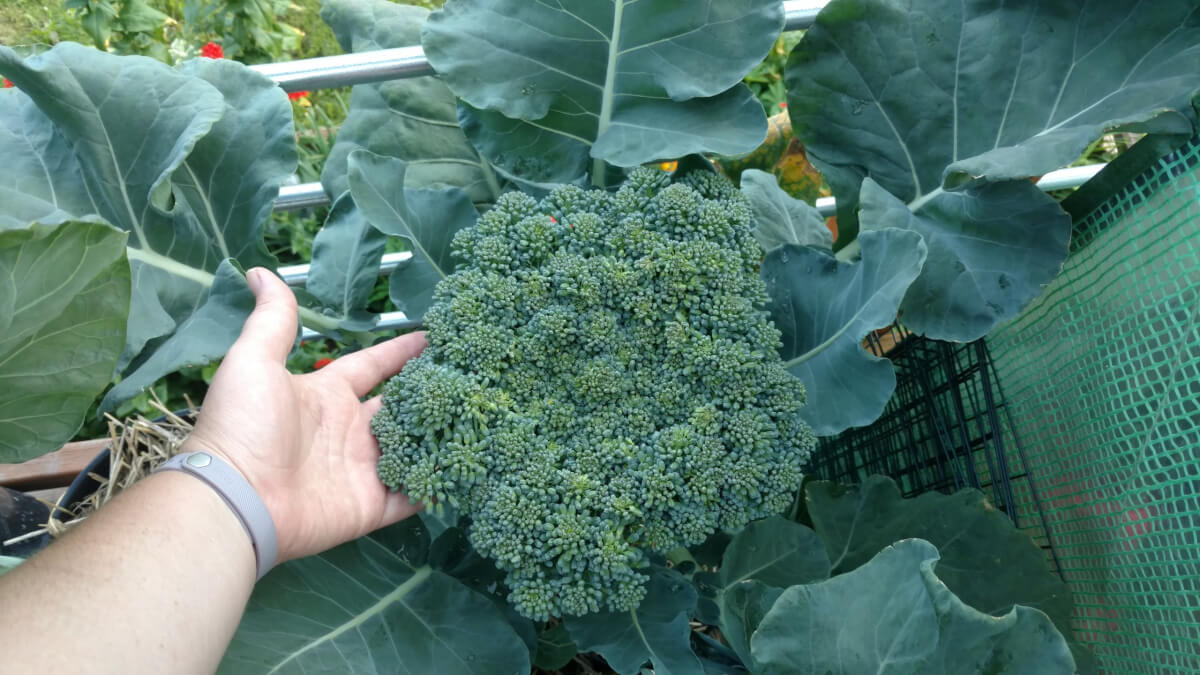
If you’re seeking to get a longer harvest time, we generally recommend seeking short, medium and long season maturation varieties. What we mean by that is that you can find broccoli genetics that will mature in 50 days, 70 and even 90 days.
In general, the longer the maturation time, the better overall heat tolerance that broccoli will have.
We generally plant 60% to 75% of our broccoli crop as long season, with the remainder split between early and mid season. This allows us early broccoli for fresh eating and a decent sized crop later in the season for preservation.
Onions
Onions definitely favor cool climates and they are an excellent crop to grow in northern gardens.
However, you should be aware that onions are sensitive to photoperiodism. When it comes to onion genetics, there are long day, intermediate day and short day onion varieties.
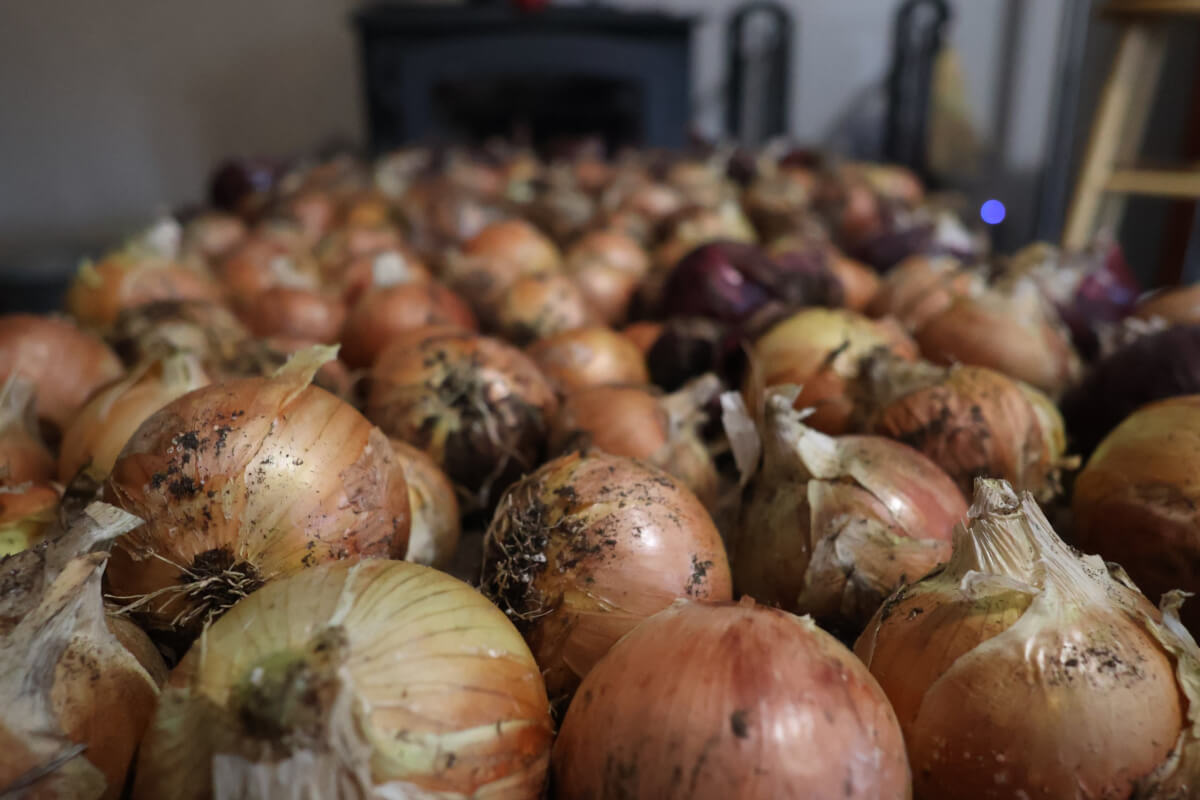
For northern gardens, we need to exclusively use long day varieties in order to deal with our very long days. If you try to use intermediate or short day varieties, they simply will not bulb.
Another important thing to check for is general maturity time. Some onion varieties can take well over 120 days. If you have a very short season, it’s good to make sure your varieties can fit within that season.
Lastly, it’s important to note that most onions require a minimum of six months of growth. When sowing from seed in northern gardens, we often start them indoors 12 weeks prior to last frost.
We have an extensive growing guide for onions in subarctic climates.
Leeks
Many leek growers at more southern latitudes will often grow them over the winter. That’s not so practical in extreme northern climates.
While pretty much all leeks favor cooler climates, some varieties can have very long maturity times. When dealing with short growing seasons, it’s best to seek varieties that have maturity times around 90 to 120 days.
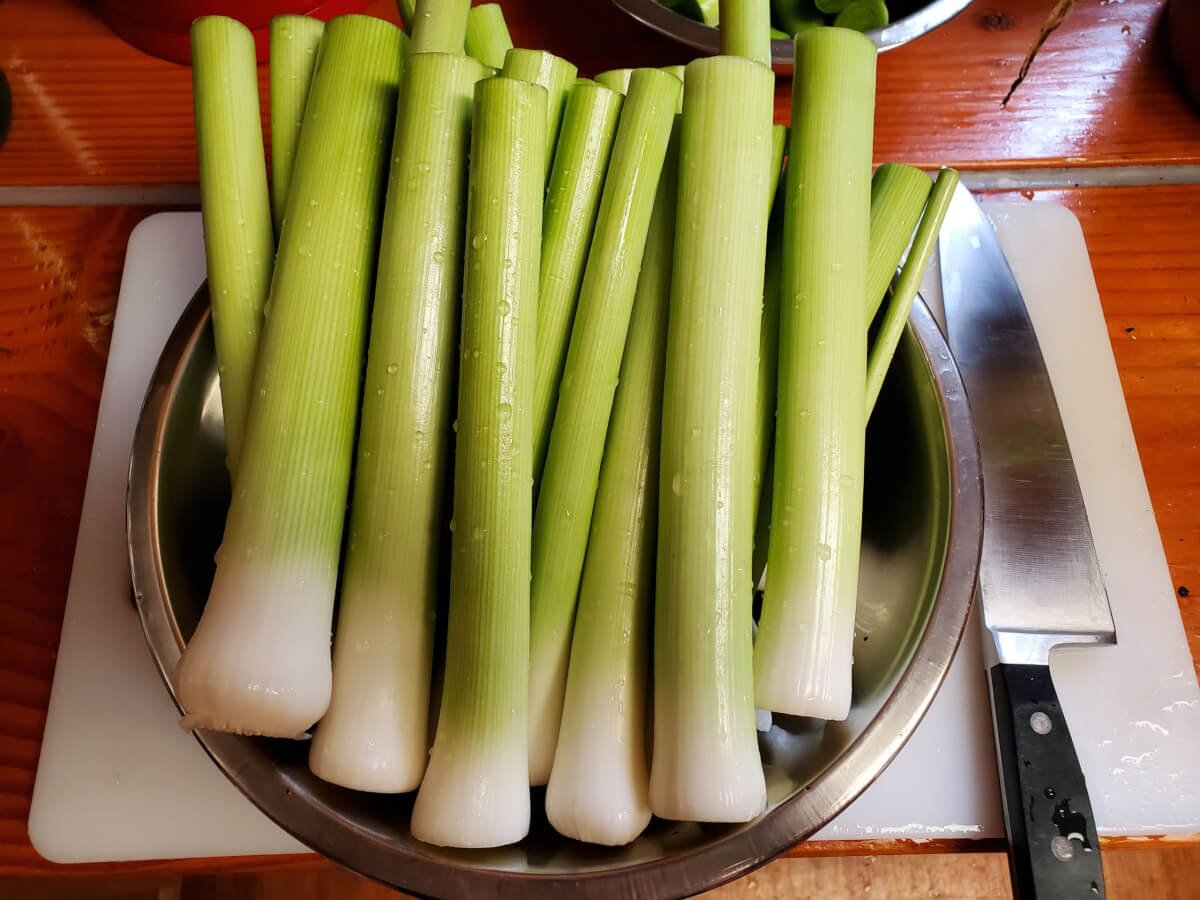
Fortunately, few varieties of leek have exceptionally long maturity times. However, some are bred for maturity times in the 140 to 180 day range for overwintering at southern latitudes.
Like with onions, leeks can take a very long time to grow to maturity. If sowing your own leeks, we recommend sowing about 10 to 12 weeks prior to last frost. This will ensure a fully mature leek by the end of your short growing season.
Brussels sprouts
You might start to notice a theme here. Many brussels sprouts varieties feature exceptionally long maturity times. Therefore, genetic selection is of paramount importance.
Like with leeks, many brussels sprout growers at lower latitudes do so over the winter months. That’s not feasible in far northern gardens.
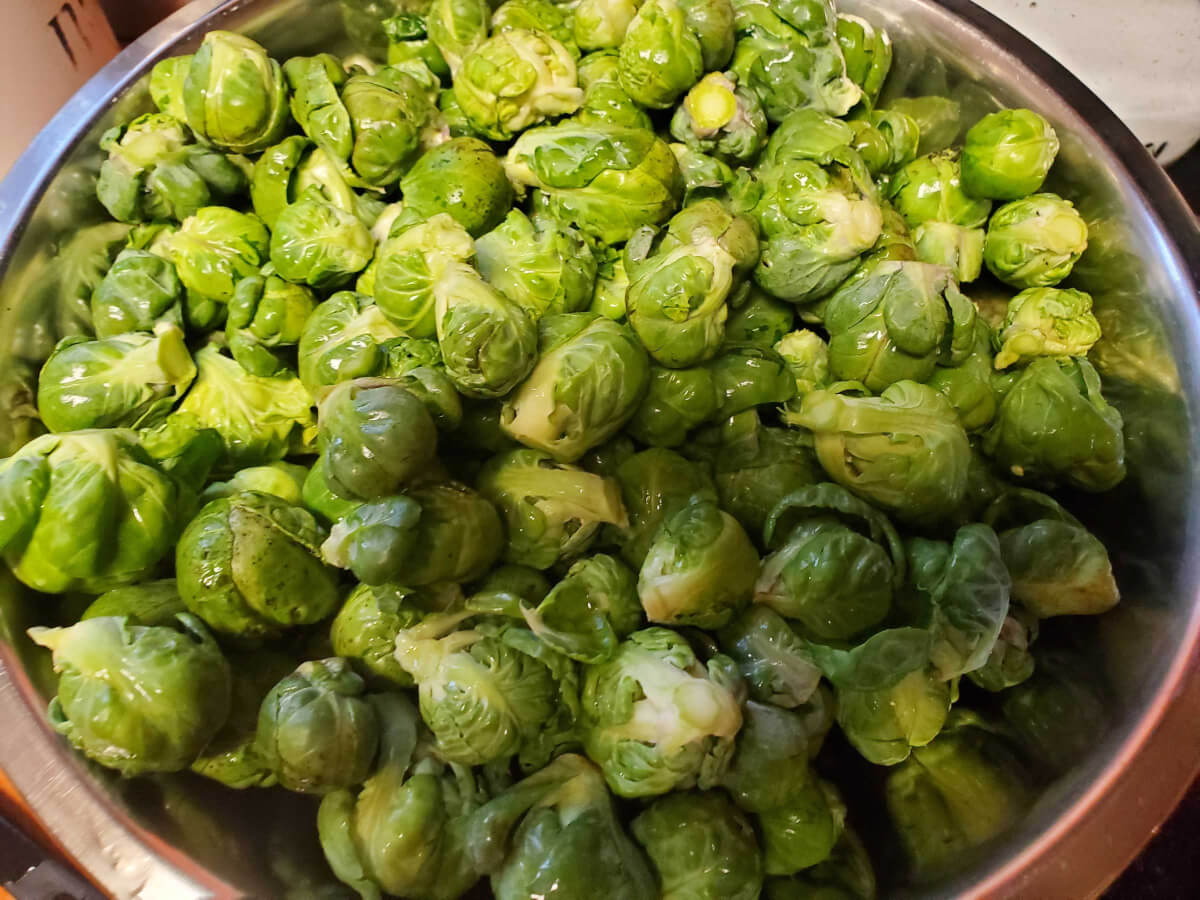
So, it’s really important for northern brussels sprout growers to select varieties with maturity times that fit within their growing season. Typically, far northern growers want genetics that mature within 100 to 120 days.
Our favorite variety that fits that window is the Franklin variety. But, there’s lots of other choices, too.
Brussels sprouts are exceptionally cold hardy. Often, they are the very last thing we harvest and can withstand many frosts. It’s quite possible to “eek out” many extra growing days in the late season before the “real” cold sets in.
We have an extensive growing guide for brussels sprouts in far northern gardens.
Artichoke
One of the major benefits of northern growing is the ability to produce artichokes. While we don’t grow them as long lasting perennials, we can grow them as annuals.
Most common artichoke varieties are perennial. However, a few select varieties can be grown as annuals and will produce artichokes in their first growing season.
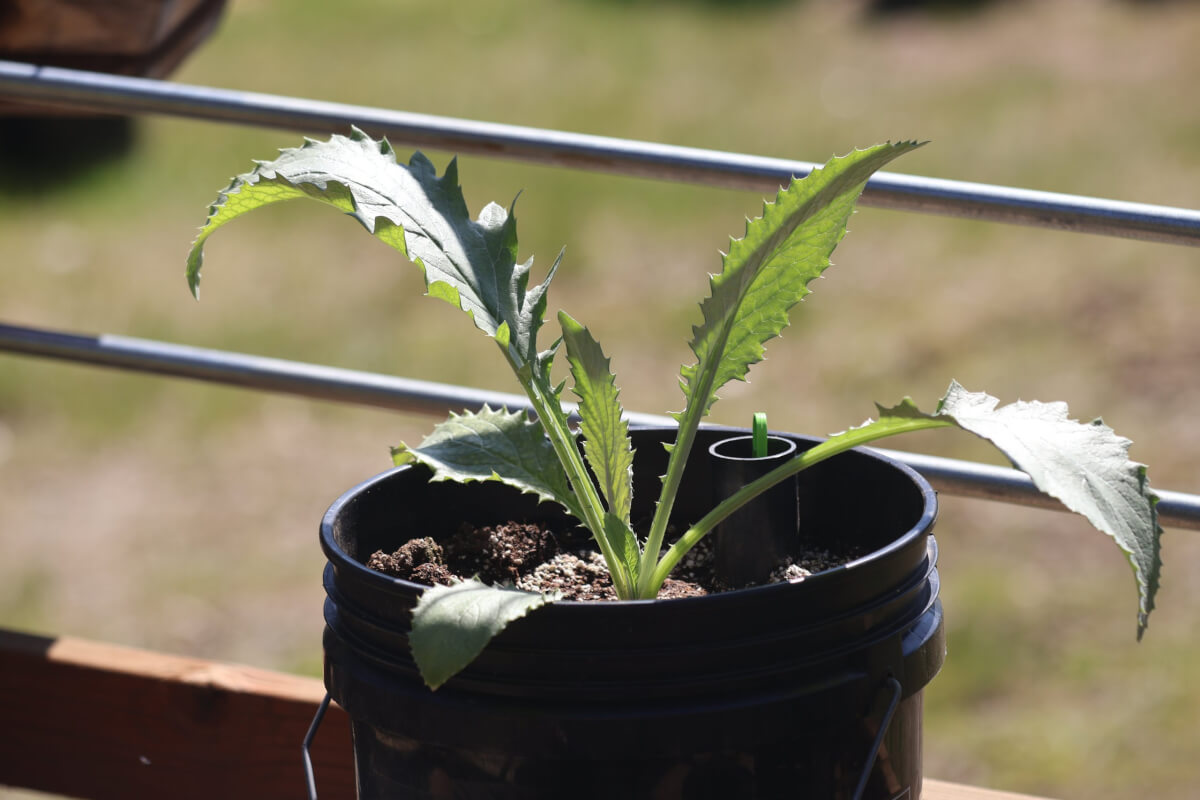
Specifically, the Green Globe and Imperial Star varieties are your best bets for annual artichoke growing. You might find other varieties as well, but often they are cross breeds of these two varieties.
One thing of importance, it’s very important for artichokes to experience temperatures below 50 degrees for at least a week of their early growing life. This will ensure the globes will produce.
We have an extensive growing guide for artichokes in subarctic and other cold climates.
Warm Loving Plants & Variety Selection
With the cold loving plants out of the way, it’s time to tackle those warm loving plants. In general, growing warm loving plants in colder climates can be more challenging and requires careful genetic selection.
Corn
For many decades, corn was thought to be a near impossibility in extreme northern gardens. Fortunately, modern breeding efforts have changed that.
As you might imagine, variety selection is of utmost importance for northern growers. Not just any genetics will do. There’s a ton of science that goes into growing corn, given its agricultural significance.
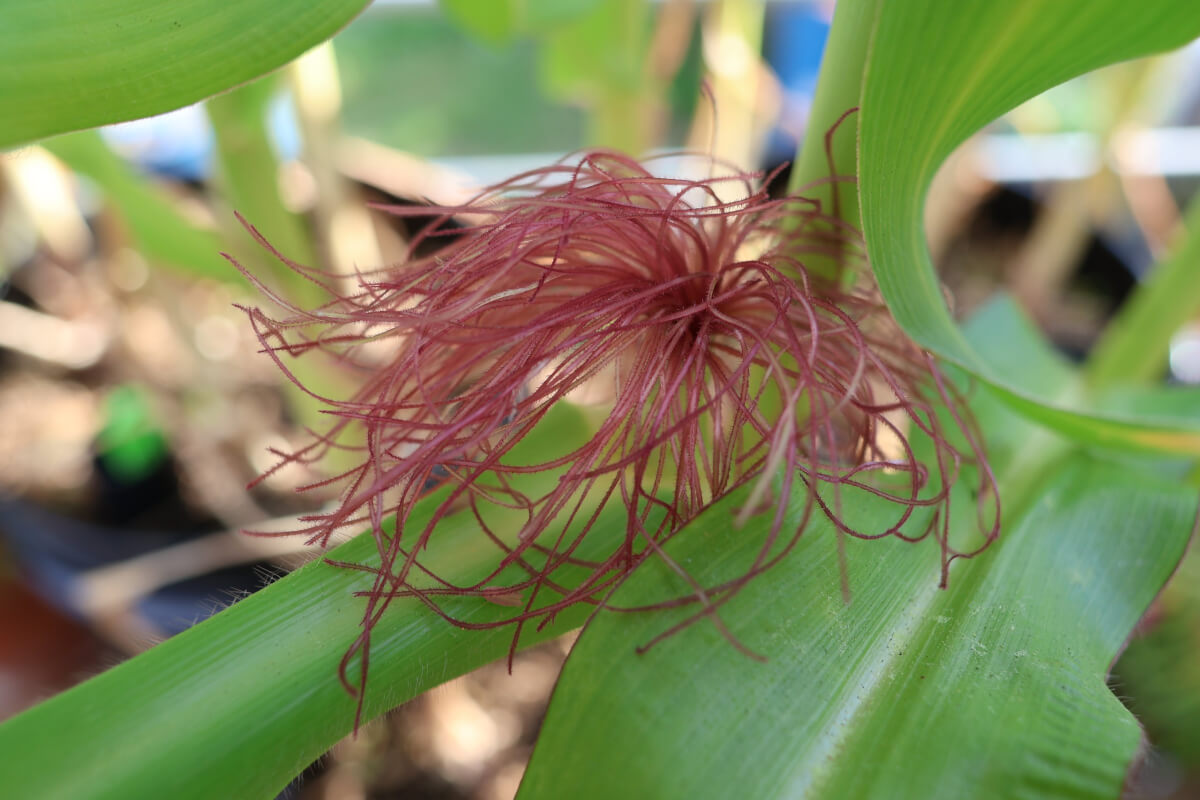
For the purposes of the far northern grower, we generally want to seek the earliest varieties out there. Typically, you want varieties that mature in 60 to 70 days. Even then, this isn’t a guarantee. Some of it comes down to lucky seasons.
Efforts to grow corn in subarctic climates are comparably new, given its historic challenges. A few of the varieties we have worked with are Cafe, Legend and Espresso.
Cucumbers
Outdoor grown cucumbers are highly marginal in subarctic climates. While it is possible to get fruiting, growing cucumbers in the greenhouse is usually strongly recommended.
A lot of cucumber varieties will experience issues with fruiting, typically due to cool overnight temperatures. If you have troubles maintaining overnight lows above 50 degrees Fahrenheit, you’ll likely want to seek varieties that are known to do well in cooler climates.
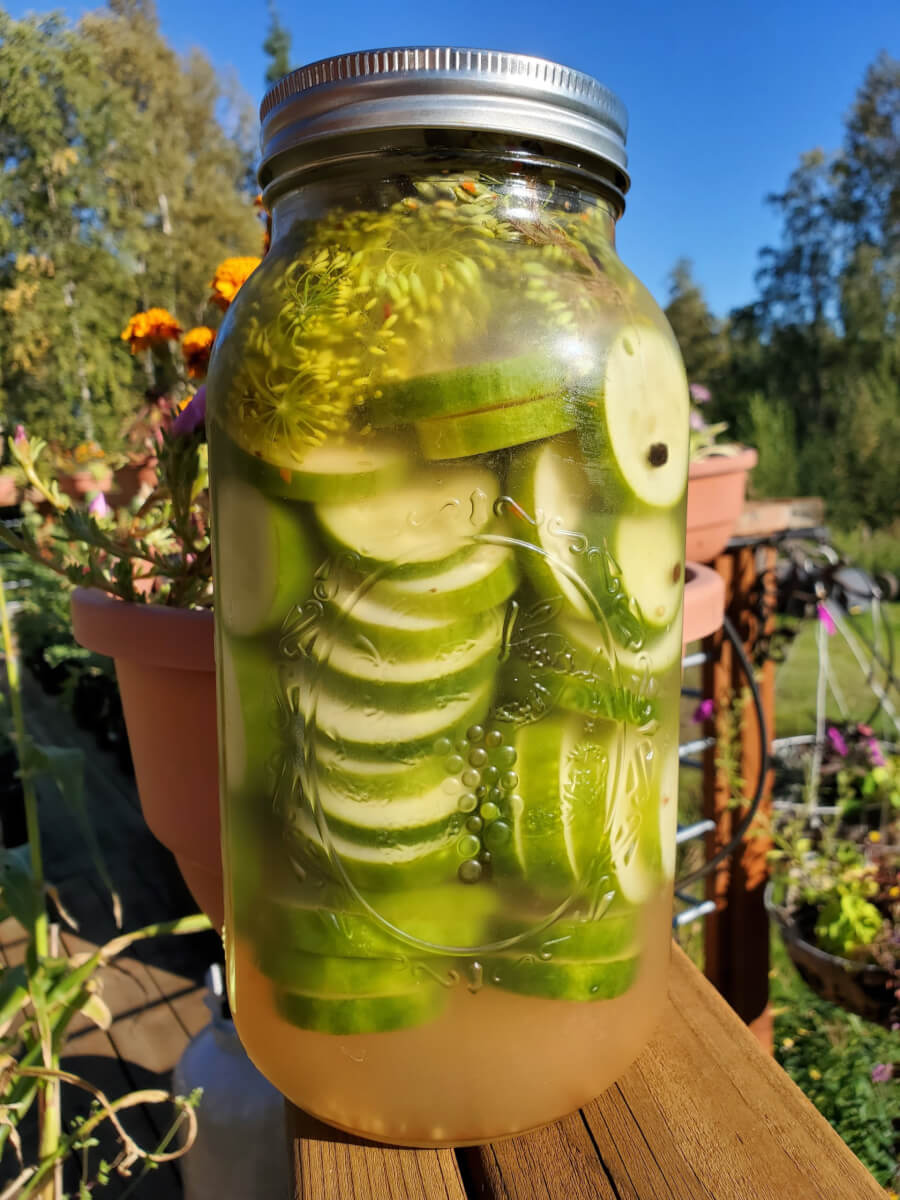
Several varieties of cucumbers are known to perform decently in cooler climates. Examples include Mini-Munch, Mini-Me and Socrates. We’ve had best success with Beit Alpha varieties.
In addition, when growing cucumbers in a greenhouse, it is best to seek a specific growing characteristic called parthenocarpy. This means that the flowers will self-pollinate and you won’t have to pollinate by hand like you do with monoecious varieties.
Peppers
One of the things that make peppers most challenging to grow in northern climates is the vast dates to maturity that you can see across varieties.
Many varieties of peppers require maturity times that exceed 120 growing days, making them unfit for northern climates. In addition, our cooler summer temperatures can significantly slow ripening.
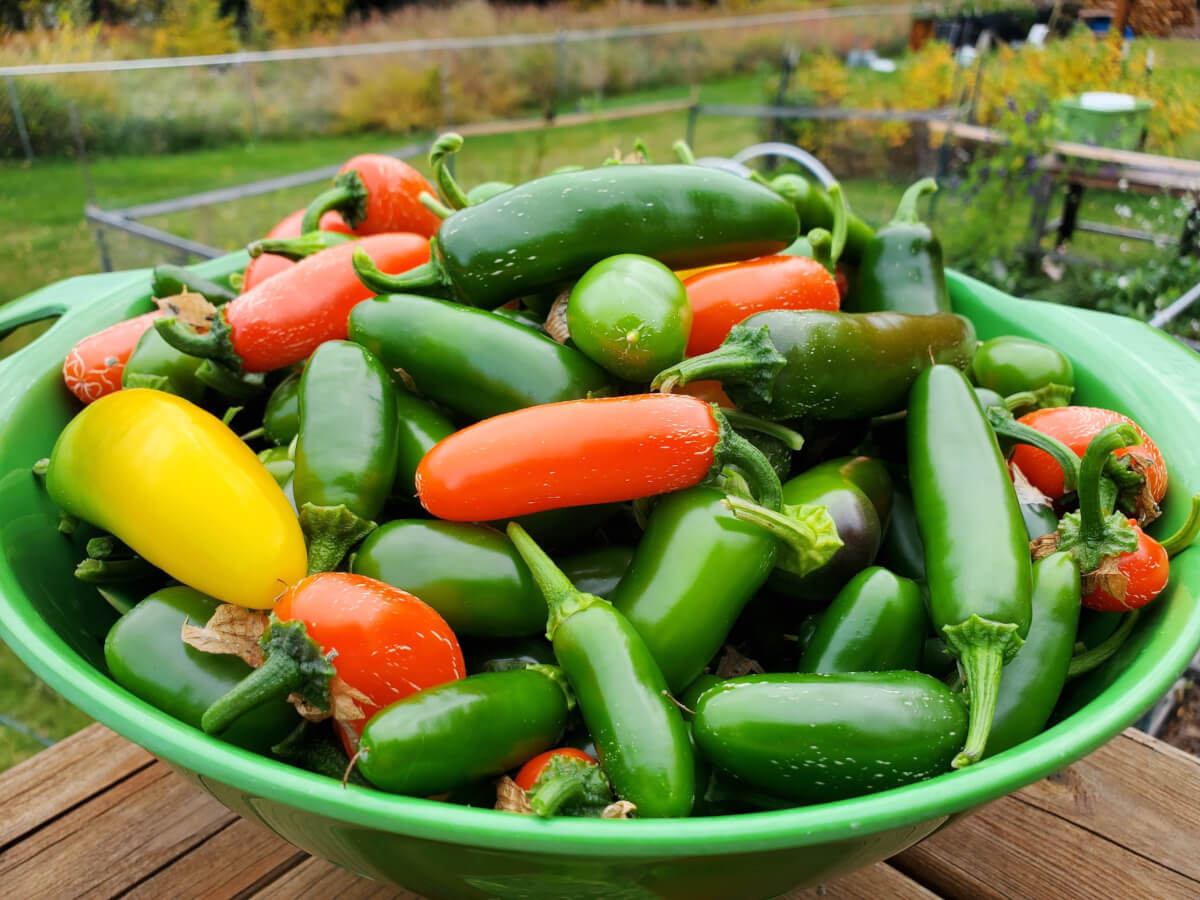
We have had the best success with early, basic varieties of peppers. This includes varieties like jalapeno, anaheim, shishito, serrano and thai peppers. For additional inspiration, you can check out our extensive pepper growing guide.
Unfortunately, most of the super hot varieties feature very long maturity times and are out of reach for most northern growers. The hottest pepper we’ve had great success with is the Bulgarian Carrot pepper.
Squash
There are two major types of squash, summer and winter varieties. Summer varieties are typically harvested and eaten fresh whereas winter varieties can be cured for long term winter storage.
We’ve generally seen great success with growing summer squash in our northern climate. Whether it’s zucchini, yellow crookneck or scallopini varieties, there’s a lot of flexibility in northern gardens.
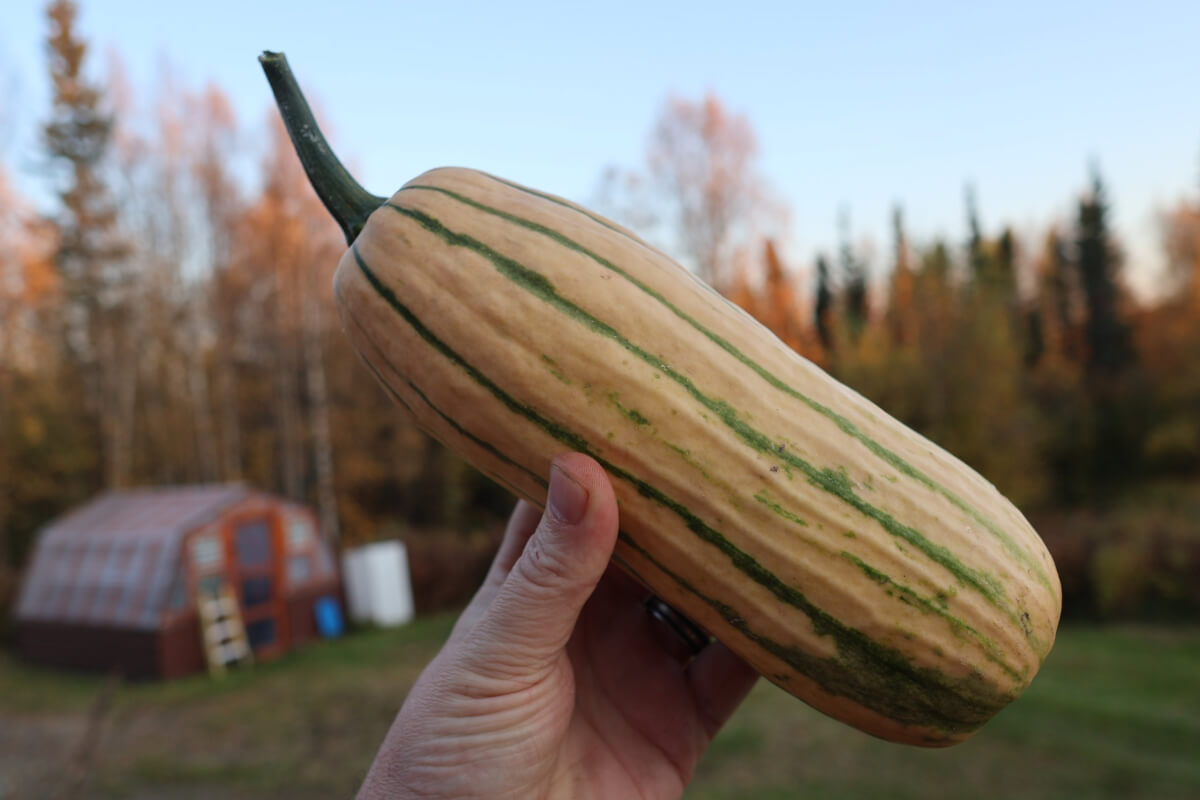
Winter squash, however, are a lot more sensitive to our cooler climate. Honestly, it’s been perplexing to us.
There doesn’t seem to be guaranteed indicators of what varieties do well and which do not. Size, maturity time and region of origin really don’t have a major influence. Some types just do well, others do not.
Some varieties that we’ve seen great success with include Delicata, Galeaux D’Eysine, Golden Nugget and Thelma Sanders Sweet Potato. The list is much more extensive, but really requires the northern gardener to work for it!
Tomatoes
Tomatoes are one of the meccas for a lot of northern growers. While there is some care we have to put into variety selection, fortunately there are a lot of varieties that will grow decently in subarctic gardens.
Some tomato varieties will simply not put on flowers when low overnight temperatures are experienced. This can be common, even in northern greenhouses.
Unfortunately, it’s rather difficult to assess all the hundreds of different tomato varieties for whether this is the case. It requires some degree of experimentation to figure this out.

Most cherry tomatoes will generally produce in northern climates. When it comes to full size tomatoes, some of the best known northern varieties include Stupice, Alaska Early, Silvery Fir and Northern Lights. We have an extensive growing guide that offers many more choices.
In general, it’s best to seek varieties that have maturation times in the 50 to 80 day range. Tomato maturity dates are typically to your first ripe tomato. Using early varieties helps you get additional tomatoes to ripen, beyond just the initial wave.
That Wasn’t Too Hard, Was It?
Hopefully this gives you a bit of insight into some of the considerations for variety selection in extreme northern gardens.
When it comes to other crops not mentioned, most of the time you can go “hog wild” in variety selection. Be it carrots, kale, cabbage, greens and tons of other things, you can really try any variety and be relatively ensured success.
We might have missed some things and if we did, definitely slap a comment down below and tell us where we went awry. We might disagree and tell you why, too!
And as always, should you have any comments or questions, there’s a comment box down below!
That’s All We Wrote!

Having a good time? We have an ever growing list of insightful and helpful subarctic & cold climate gardening articles, waiting out there for you!
- Cold Climate Gardening Basics 👉
- Growing Your Garden From Seed Indoors 👉
- Advanced Cold Climate Gardening Techniques 👉
- Plant Specific Cold Climate Growing Guides 👉
- Subarctic Perennial Food Forests & Foraging 👉
- Indoor Garden Lighting & Grow Rooms 👉
- Greenhouses & Temperature Control 👉
- Harvesting & Food Preservation 👉
- Solving Cold Climate Garden Problems 👉
- 1 Minute Reads On Tons Of Garden Topics 👉
FrostyGarden.com is 100% ad-free and we do not use affiliate links! This resource is voluntarily supported by our readers. (Like YOU!) If we provided you value, would you consider supporting us?
